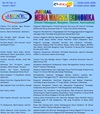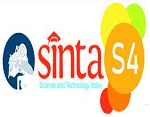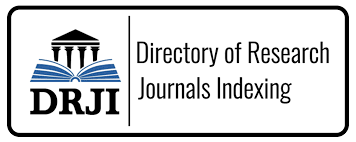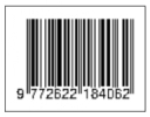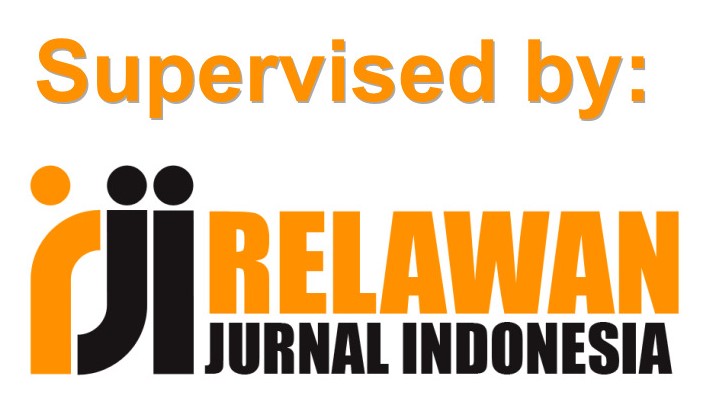Analisis Arus Kas Sebagai Ukuran Tingkat Likuiditas Perseroan Pada PT. Kalbe Farma Tbk
DOI:
https://doi.org/10.31851/jmwe.v19i4.11024Abstract
ABSTRAK
Sasaran riset yang ingin dicapai melihat perkembangan parameter arus(aliran) kas digunakan yakni rasio Likuiditas Perusahaan pada PT. Kalbe Farma Tbk, penelitian dilakukan secara deskriptif, sedangkan sumber informasi yang dipakai yaitu data sekunder. Prosedur penghimpunan data yang dipakai yaitu dokumentasi. Analisis kualitatif dan kuantitatif dipakai untuk prosedur riset. Teknis analisa data nan dipakai yaitu menghitung likwiditas perusahaan menggunakan informasi arus(aliran) dana pada Operating Cash Flow Ratio (AKO), Cash Flow Coverage Ratio to Interest (CKB), Capital Expenditure Ratio (PM), Total Debt Ratio (TH). Setelah dilakukan penelitian, diperoleh hasil bahwa rata-rata likuiditas perseroan tahun 2018 sampai dengan tahun 2020 pada PT. Kalbe Farma Tbk yang dianalisis dengan menghitung Operating Cash Flow Ratio (AKO), Cash Flow Coverage Ratio to Interest (CKB), Capital Expenditure Ratio (PM) dinyatakan baik dan disebutkan tidak baik yang dianalisis dengan Total Rasio Utang (TH).
Kata Kunci: arus kas, likuiditas
ABSTRACT
The research target to be achieved is to see the development of the cash flow parameter used, namely the Company's Liquidity ratio at PT. Kalbe Farma Tbk, research was conducted descriptively, while the source of information used was secondary data. The data collection procedure used is documentation. Qualitative and quantitative analyzes are used for research procedures. The data analysis technique used is to calculate the company's liquidity using information on the flow of funds in the Operating Cash Flow Ratio (AKO), Cash Flow Coverage Ratio to Interest (CKB), Capital Expenditure Ratio (PM), Total Debt Ratio (TH). After conducting research, the results obtained were that the company's average liquidity from 2018 to 2020 at PT. Kalbe Farma Tbk which was analyzed by calculating the Operating Cash Flow Ratio (AKO), Cash Flow Coverage Ratio to Interest (CKB), Capital Expenditure Ratio (PM) was stated to be good and said to be not good which was analyzed by the Total Debt Ratio (TH).
Keywords: cash flow, liquidity
References
Agus.Chintia.&stanly. (2016). Analisis Informasi Arus Kas Sebagai Dasar Pengukuran Likuiditas Pada Perseroan Unicare Cabang Manado.Jurnal Berkala Ilmiah Efisiensi Vol. 16 No. 01 .
Agustina,D. (2013). Analisis Arus (aliran) Kas Terhadap Likuiditas PT Hotel Mandarine Regency Tbk Periode 2008-2012. Jurnal Akuntansi AKUNESA Volume 2 No. 1 .
Darsono, & Ashari. (2011). Pedoman Praktis Memahami Informasi Kekasan. Yogyakarta: ANDI.
Harahap.S. S. (2015).Teori Akuntansi. Jakarta: PT. Raja Grafindo Persada.
Hery.(2015). Analisis Kinerja Manajemen. Jakarta: PT. Grasindo.
Indonesia,I. A. (2015). Standar Akuntansi Kekasan,Jakarta; Salemba Empat.
Kasmir. (2018). Analisis Informasi Kekasan Cetakan ke-7, Jakarta; PT. Rajagrafindo Persada.
Martini.D, & dkk, (2016). Akuntansi Kekasan Menengah Berbasis PSAK. Jakarta: Salemba Empat.
Nur, Indriantono, & Supomo, B. (2014). Metodelogi Penelitian Bisnis Untuk Akuntansi Dan Manajemen. Yogyakarta: BPFE.
Nurhayati. (2015). Pengaruh Arus(aliran) Kas Terhadap likuiditas Perseroan Pada PT. Holcim Indonesia Tbk, Jurnal WIGA Vol. 5 No. 1 .
Sugiono. (2018). Metodelogi Penelitian Bisnis. Bandung: Alfabeta.
Downloads
Published
Issue
Section
License
Copyright (c) 2023 Jurnal Media Wahana Ekonomika

This work is licensed under a Creative Commons Attribution-NonCommercial 4.0 International License.
The copyright of the received article shall be assigned to the publisher of the journal licensed under a Creative Commons Attribution-NonCommercial 4.0 International License in line with the license, authors and any users (readers and other researchers) are allowed to share and adapt the material only for non-commercial purposes. In addition, the material must be given appropriate credit, provided with a link to the license, and indicated if changes were made. If authors remix, transform or build upon the material, authors must distribute their contributions under the same license as the original.

